4,390cc DOHC V12 Engine 6 Weber Carburetors 352bhp at 7,500rpm 5-Speed Manual Transaxle 4-Wheel Independent Suspension 4-Wheel Disc Brakes *Superb restoration by Junior Conway and Junior's House of Color *Matching numbers example with Ferrari Classiche red book certification *Believed to have been in California from new until 2015, with just two owners from 1982-2014 *One of the 123 haloed factory Spider models of the iconic Daytona *Ferrari Club of America Platinum Award winning example THE FERRARI 365 GTS/4 DAYTONA SPIDER "The Daytona has been called the last great front-engined supercar. For one who has thought about it, it is not difficult to see why; for one who has driven it, it is very easy to see why... A supercar must prove its superiority on ordinary roads; the Daytona did." - L J K Setright, Supercar Classics, autumn 1983. The ultimate expression of Ferrari's fabulous line of V12 front-engined sports cars, the 365 GTB/4 debuted at the Paris Salon in 1968, soon gaining the unofficial name 'Daytona' in honor of the sweeping 1, 2, 3 finish by the Ferrari 330P4 sports prototype at that circuit in 1967. Pininfarina's Leonardo Fioravanti, later the famed carrozzeria's director of research and development, was responsible for the influential shark-nosed styling, creating a package that restated the traditional "long bonnet, small cabin, short tail" look in a manner suggesting muscular horsepower while retaining all the elegance associated with the Italian coachbuilder's work for Maranello. An unusual feature was a full-width transparent panel covering the headlamps, though this was replaced by electrically operated pop-up lights to meet US requirements soon after the start of production in the second half of 1969. Fioravanti later revealed that the Daytona was his favorite among the many Ferraris he designed. In response to Lamborghini's 350GT, Ferrari's road-car V12 had gained four overhead camshafts during production of the 275 GTB (cars thus equipped acquiring a '/4' suffix) and in the Daytona displaced 4,390cc. Power output was 352bhp at 7,500rpm, with maximum torque of 318lb/ft available at 5,500rpm. Dry-sump lubrication permitted a low engine installation, while a five-speed transaxle enabled 50/50 front/rear weight distribution to be achieved. The chassis embodied long-standing Ferrari practice - being comprised of oval-section tubing - the all-independent wishbone and coil-spring suspension was a more recent development though, having originated in the preceding 275 GTB. Unlike the contemporary 365GTC/4, the Daytona was not available with power steering, a feature then deemed inappropriate for a 'real' sports car. There was, however, servo assistance for the four-wheel, ventilated disc brakes. Air conditioning - vital for the US market - was optional, but elsewhere the Daytona remained uncompromisingly focused on delivering nothing less than superlative high performance. Although there had been no official open-top versions of its predecessor, the favorable reception of Luigi Chinetti's 275 GTB-based NART Spider no doubt influenced Ferrari's decision to produce a convertible Daytona. Again, the work of Pininfarina, the latter was first seen at the Paris Salon in 1969, deliveries commencing in 1971. Although the rear end had been extensively reworked, so successful was Pininfarina's surgery that it was hard to credit that the Daytona had not initially been conceived as a Spider. The most powerful two-seater, road-going GT and the world's fastest production car at the time of its launch, the Daytona was capable of over 170mph (274km/h) and is surely destined to remain a top-ranking supercar for eternity. Some 1,400 Berlinetta Coupe models and just 123 Spider convertibles had been constructed when production ceased in 1973. THE MOTORCAR OFFERED The history of this phenomenal Daytona Spider, chassis no. 16473, starts in the fall of 1972. The new Spider was the 72nd example built in the assembly sequence of the 123-car
4,390cc DOHC V12 Engine 6 Weber Carburetors 352bhp at 7,500rpm 5-Speed Manual Transaxle 4-Wheel Independent Suspension 4-Wheel Disc Brakes *Superb restoration by Junior Conway and Junior's House of Color *Matching numbers example with Ferrari Classiche red book certification *Believed to have been in California from new until 2015, with just two owners from 1982-2014 *One of the 123 haloed factory Spider models of the iconic Daytona *Ferrari Club of America Platinum Award winning example THE FERRARI 365 GTS/4 DAYTONA SPIDER "The Daytona has been called the last great front-engined supercar. For one who has thought about it, it is not difficult to see why; for one who has driven it, it is very easy to see why... A supercar must prove its superiority on ordinary roads; the Daytona did." - L J K Setright, Supercar Classics, autumn 1983. The ultimate expression of Ferrari's fabulous line of V12 front-engined sports cars, the 365 GTB/4 debuted at the Paris Salon in 1968, soon gaining the unofficial name 'Daytona' in honor of the sweeping 1, 2, 3 finish by the Ferrari 330P4 sports prototype at that circuit in 1967. Pininfarina's Leonardo Fioravanti, later the famed carrozzeria's director of research and development, was responsible for the influential shark-nosed styling, creating a package that restated the traditional "long bonnet, small cabin, short tail" look in a manner suggesting muscular horsepower while retaining all the elegance associated with the Italian coachbuilder's work for Maranello. An unusual feature was a full-width transparent panel covering the headlamps, though this was replaced by electrically operated pop-up lights to meet US requirements soon after the start of production in the second half of 1969. Fioravanti later revealed that the Daytona was his favorite among the many Ferraris he designed. In response to Lamborghini's 350GT, Ferrari's road-car V12 had gained four overhead camshafts during production of the 275 GTB (cars thus equipped acquiring a '/4' suffix) and in the Daytona displaced 4,390cc. Power output was 352bhp at 7,500rpm, with maximum torque of 318lb/ft available at 5,500rpm. Dry-sump lubrication permitted a low engine installation, while a five-speed transaxle enabled 50/50 front/rear weight distribution to be achieved. The chassis embodied long-standing Ferrari practice - being comprised of oval-section tubing - the all-independent wishbone and coil-spring suspension was a more recent development though, having originated in the preceding 275 GTB. Unlike the contemporary 365GTC/4, the Daytona was not available with power steering, a feature then deemed inappropriate for a 'real' sports car. There was, however, servo assistance for the four-wheel, ventilated disc brakes. Air conditioning - vital for the US market - was optional, but elsewhere the Daytona remained uncompromisingly focused on delivering nothing less than superlative high performance. Although there had been no official open-top versions of its predecessor, the favorable reception of Luigi Chinetti's 275 GTB-based NART Spider no doubt influenced Ferrari's decision to produce a convertible Daytona. Again, the work of Pininfarina, the latter was first seen at the Paris Salon in 1969, deliveries commencing in 1971. Although the rear end had been extensively reworked, so successful was Pininfarina's surgery that it was hard to credit that the Daytona had not initially been conceived as a Spider. The most powerful two-seater, road-going GT and the world's fastest production car at the time of its launch, the Daytona was capable of over 170mph (274km/h) and is surely destined to remain a top-ranking supercar for eternity. Some 1,400 Berlinetta Coupe models and just 123 Spider convertibles had been constructed when production ceased in 1973. THE MOTORCAR OFFERED The history of this phenomenal Daytona Spider, chassis no. 16473, starts in the fall of 1972. The new Spider was the 72nd example built in the assembly sequence of the 123-car
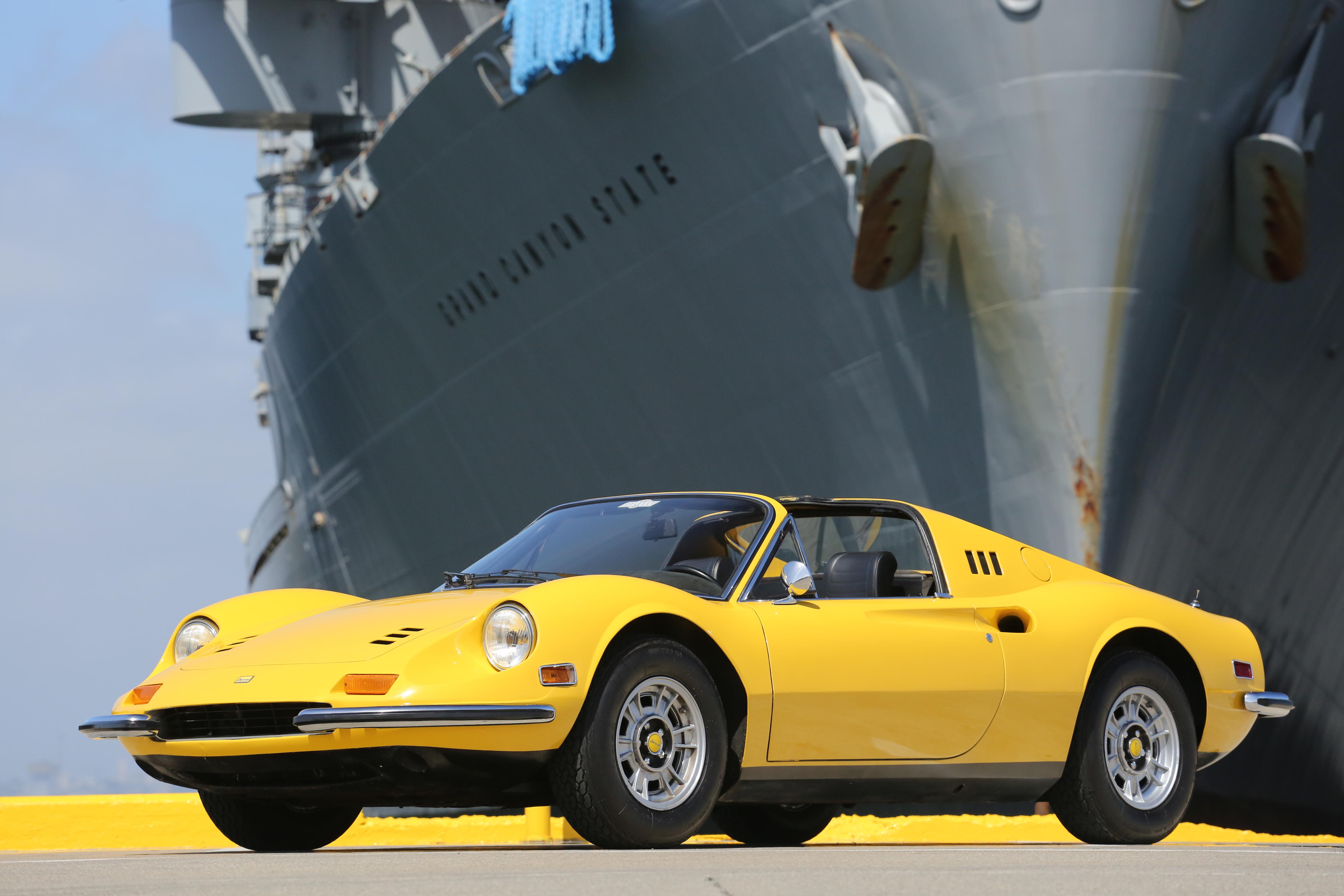

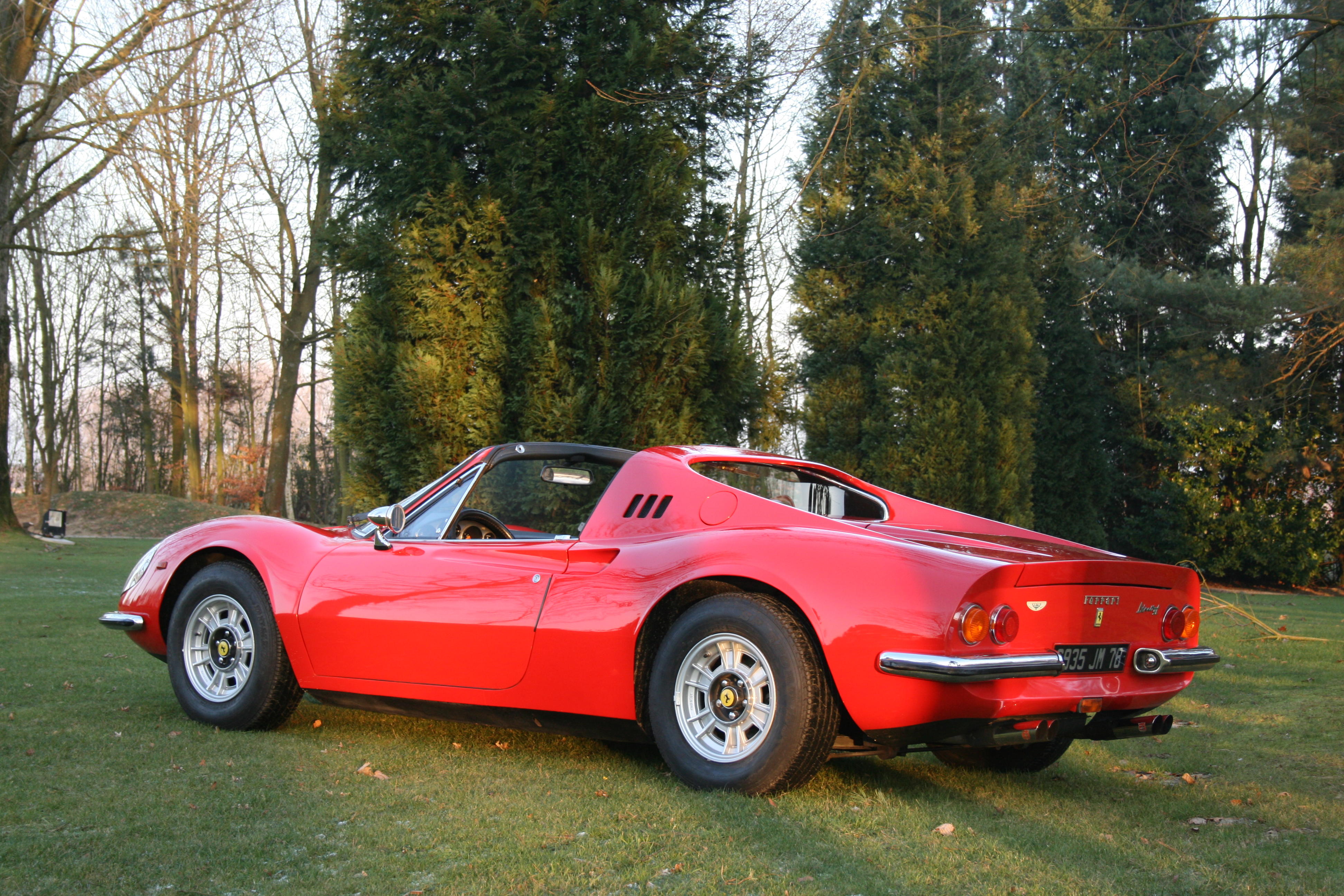


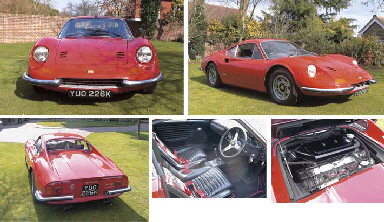





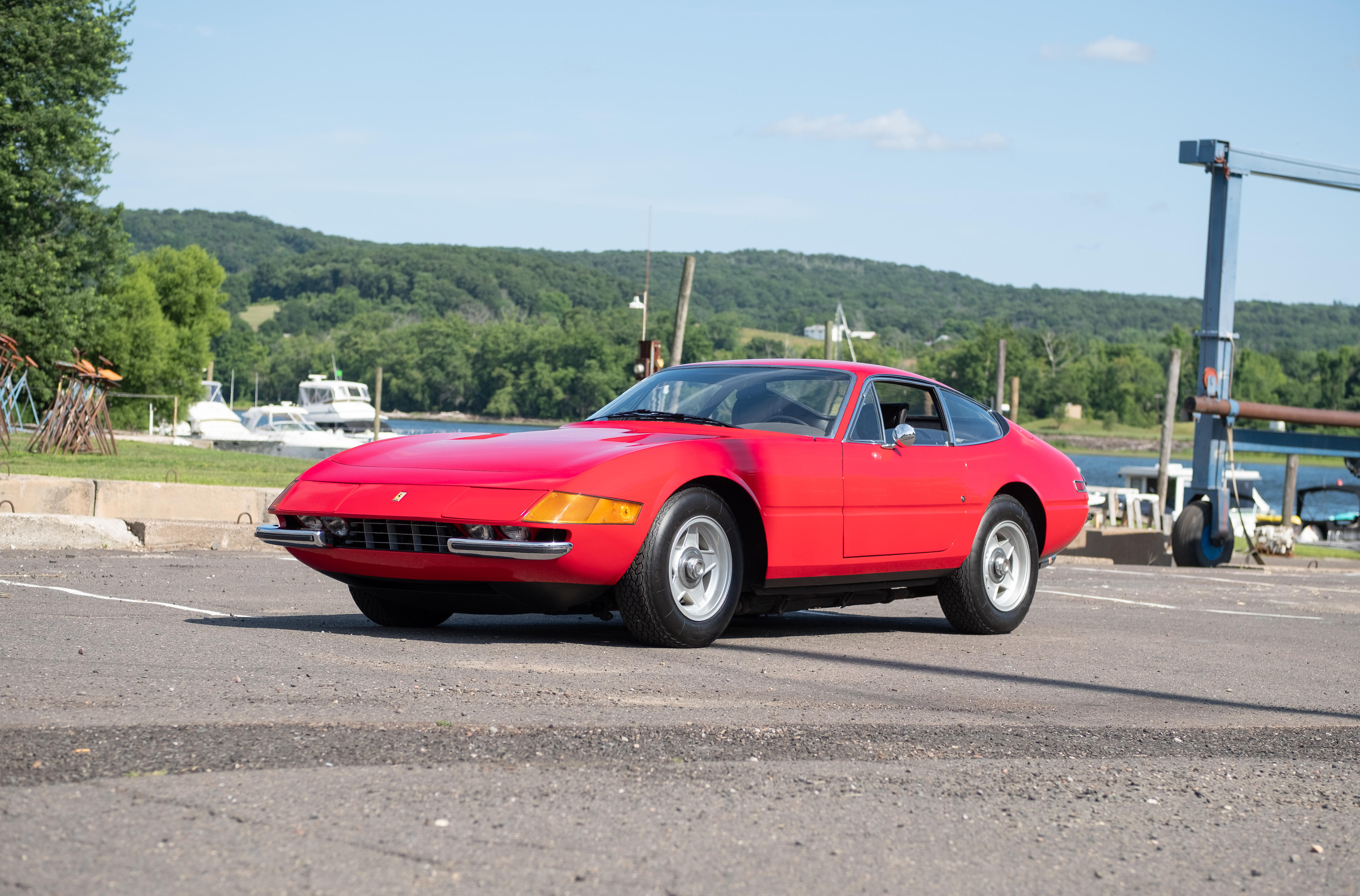
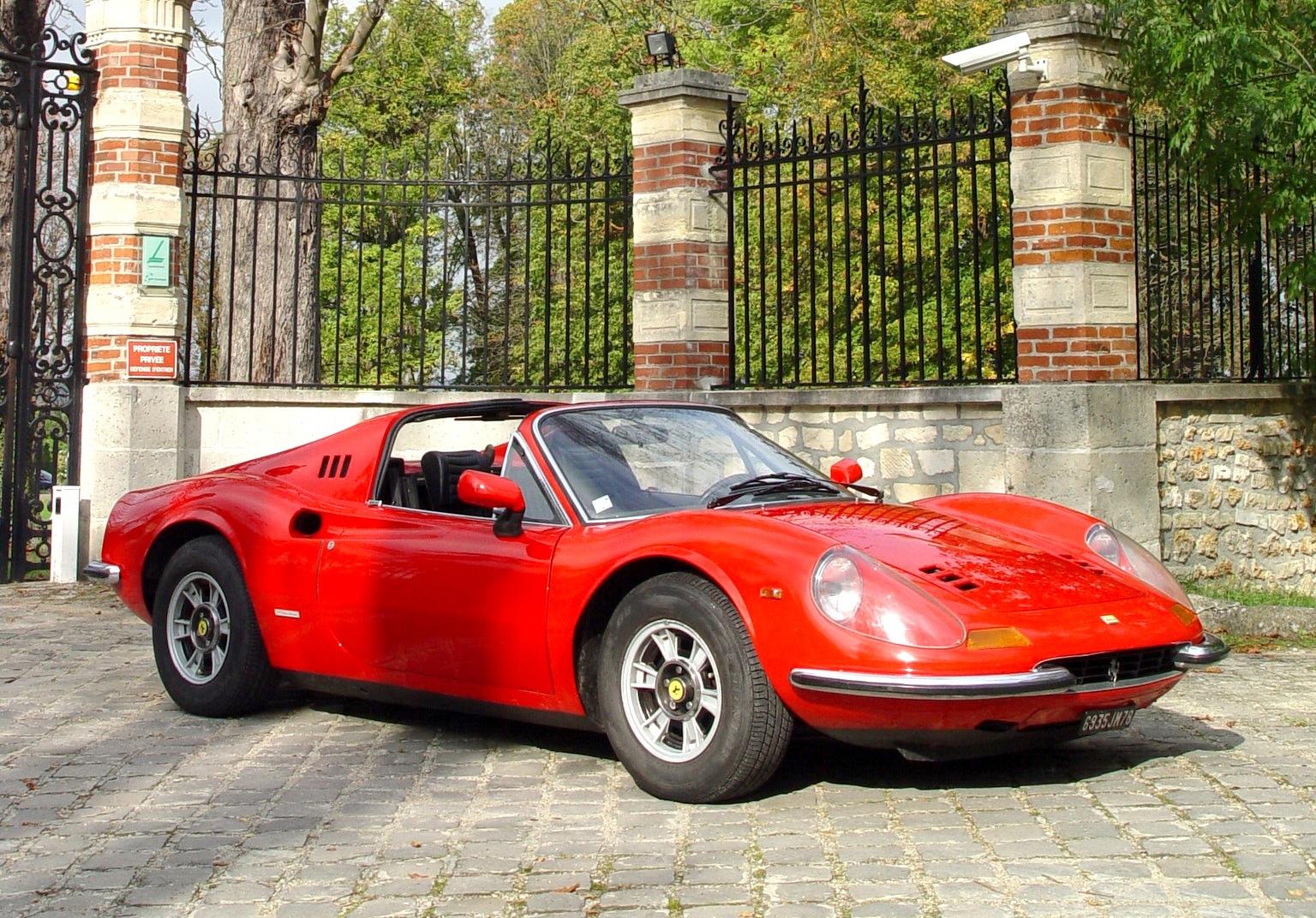

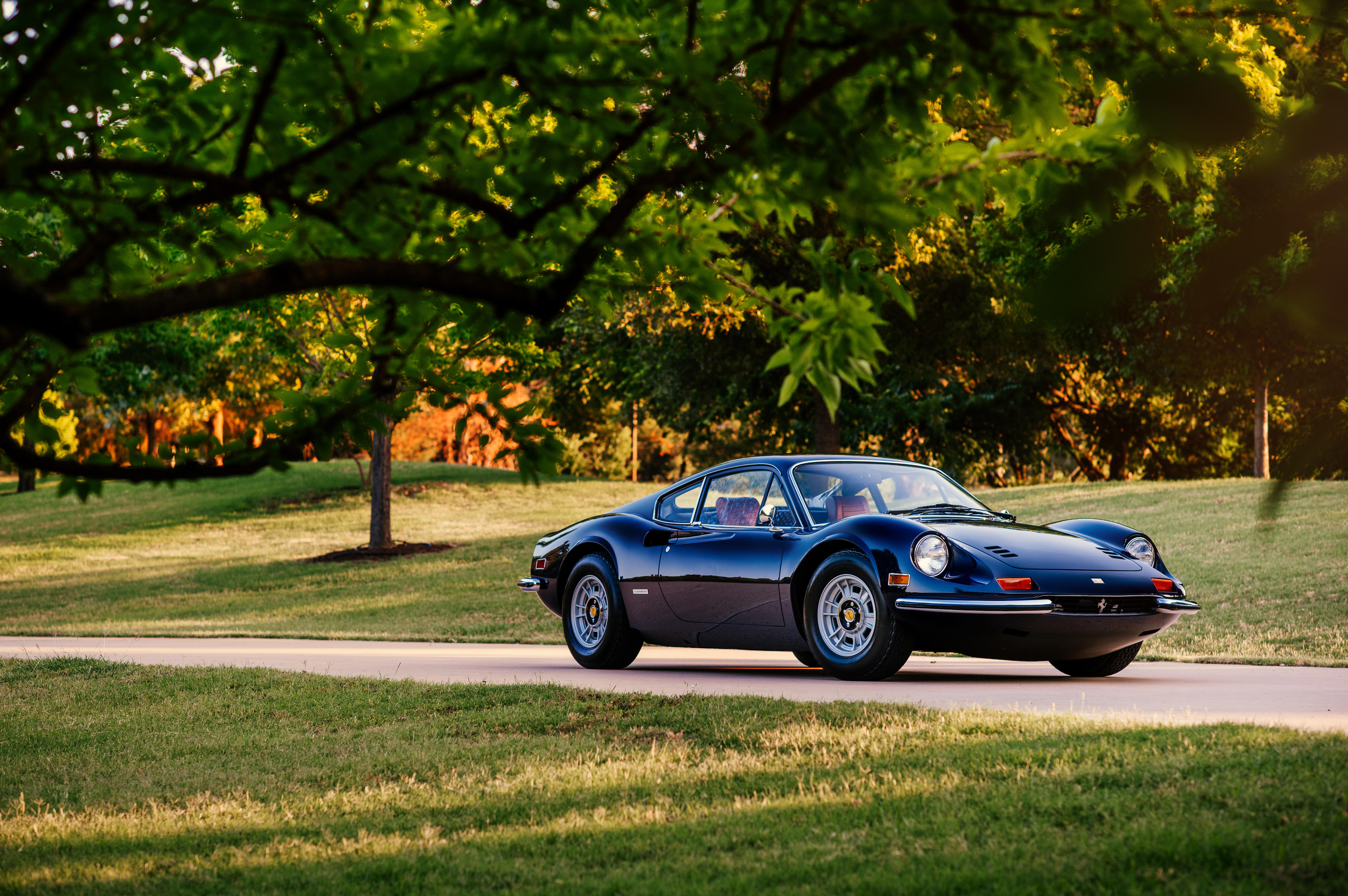
Try LotSearch and its premium features for 7 days - without any costs!
Be notified automatically about new items in upcoming auctions.
Create an alert